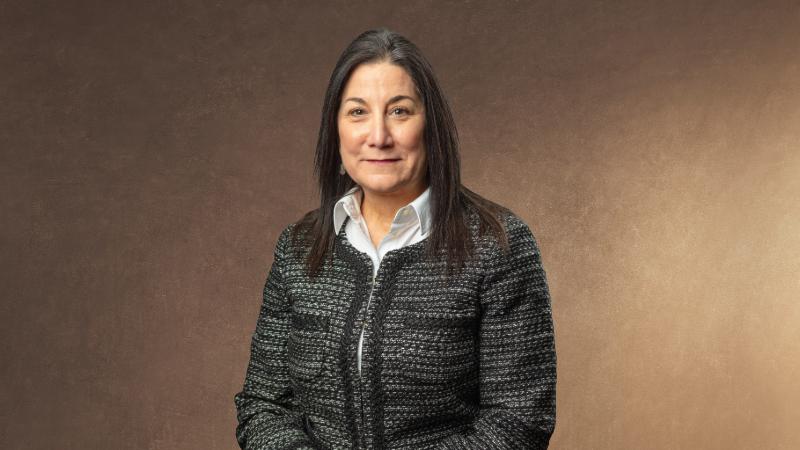
January 12, 2022
As we face a new year, many of us are thinking of ways we can help those in need. Donating blood is one of the most selfless and impactful actions that we can take to help others in our community. Did you know that when you choose to give blood, you are giving a potentially lifesaving gift to up to three individuals needing a transfusion? This is because each blood donation can be separated into three different types of “blood products,” allowing doctors to give patients the specific part of the blood that they need.
Red blood cells are the first component that can be separated from a blood donation. Red blood cells are essential to the function of the human body because they carry oxygen from the lungs to the tissues. If there are not enough red blood cells in your blood, a transfusion may be necessary to improve the ability of your blood to carry enough oxygen to your tissues.
The next component that can be made from a blood donation is plasma. Although plasma contains many elements, proteins that help our blood to clot are the most important part of plasma with respect to blood transfusion. When a patient’s ability to form blood clots is lacking (as determined by certain laboratory tests), plasma can be transfused in order to replenish these clotting proteins.
Platelets are the final blood product that is typically prepared from a blood donation. Platelets are small cells in the blood that work with the clotting proteins to plug holes and stop bleeding by forming a blood clot. If there are too few platelets, blood clots cannot form effectively. If the quantity of platelets is extremely low, life-threatening bleeding can happen spontaneously.
The basic idea behind blood transfusion is that when there is not enough of one (or more) component(s) of the blood, we can replace these necessary components by transfusion. The need for a transfusion is typically a result of loss of blood or the body’s inability to produce blood.
Loss of blood can be due to a variety of causes. Bleeding due to trauma is a scenario that comes readily to mind, but it is important to remember that blood loss can occur in many other settings, including surgery, childbirth, and bleeding in the digestive tract. When a lot of blood loss occurs, transfusion of one or more of the above-mentioned blood components can be lifesaving.
There are also many conditions where one might not be able to produce normal blood components, such as diseases in bone marrow. Bone marrow is the spongy tissue found in the center of our bones and produces the cells in our blood, including red blood cells and platelets. Diseases of the bone marrow make it difficult for our bodies to produce a normal amount of blood cells. In addition, chemotherapy treatment for a variety of types of cancer may also cause a decrease in blood cells because it can damage your bone marrow. Therefore, patients who are being treated for cancer or who have diseases of the bone marrow may need blood transfusions in order to receive the blood cells that they need.
Most of the proteins in our blood, including clotting proteins, are made in the liver. People who have severe liver disease often cannot produce enough clotting proteins. These individuals may need a plasma transfusion in order to replenish these clotting proteins to avoid excessive bleeding. In addition, there are certain blood-thinning medications that prevent the liver from producing clotting proteins. If a person who is taking certain blood thinners starts to bleed, some blood-thinning medications can be quickly reversed by a plasma transfusion, which replaces the missing clotting proteins.
Our country is currently experiencing the worst blood shortage in over a decade. This shortage has made it very difficult for hospital blood banks to have enough blood to meet the needs of patients in our communities. Fortunately, there is something that we can do to help. Please consider giving the lifesaving gift of a blood donation. If you have not donated blood before, now is a great time to start! You can learn more about whether you’re eligible to give blood and make an appointment to donate by visiting www.redcross.org.
Renee Olsen, CLSMT is a Clinical Laboratory Scientist and Technical Clinical Supervisor of the blood bank at St. Peter's Health. Dr. Charles Harmon is a pathologist (a physician who works in the lab) with Helena Laboratory Physicians. He is board-certified in Transfusion Medicine and Hematopathology.


